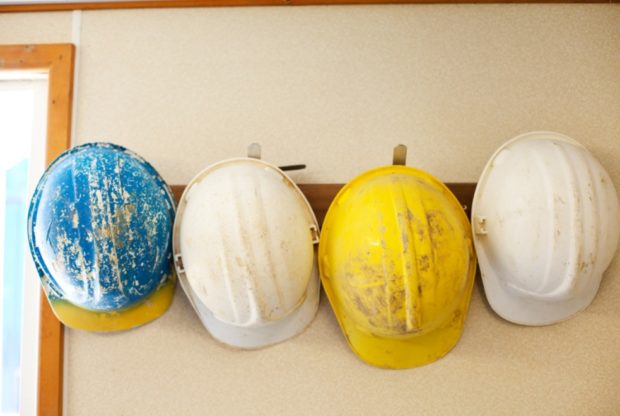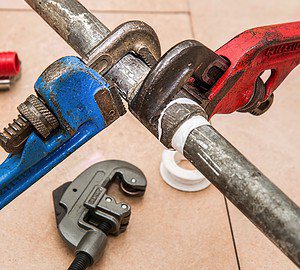Are you planning a home renovation? If so, are you aware that there could be toxic and harmful contaminants hiding in your home that could harm you during a renovation? Do you know the types of chemicals that could be released from products used in your home renovation and how to protect yourself and your family from these chemicals?

Tips for Preventing a Toxic Home Renovation
A home renovation is exciting. However, you also need to protect yourself from the potentially harmful chemicals, contaminants, and dust that can be released into the air during demolition and renovation. Mold and asbestos are two common hazards encountered during a makeover. According Horwitz, Horwitz & Associates, asbestos exposure can lead to serious medical complications and has been a contributing factor to many lawsuits in recent history. However, the fibers from carpets and dust from the demolition of walls and flooring can also cause serious health hazards. Additionally, the chemicals in paint, glue, new carpets, and varnish can also be harmful.
Tips that can help you avoid getting sick because of your home renovation include:
- If you have lead paint or asbestos in your home, hire a professional contractor for removal. It is best to stop renovation and have a test completed to determine if lead paint or asbestos is present if there is any doubt.
- Coatings, paints, and some adhesives can release volatile organic compounds (VOCs). Look for products that are labeled low-VOC or no-VOC. Always use these products in well-ventilated areas and wear protective gear, including goggles, masks, and gloves. Whenever removing products containing VOCs, seal off the area from the rest of the home, use a vacuum with a HEPA filter to remove dust, and wet-wipe all surfaces to remove any remaining traces of dust.
- Individuals that may be more susceptible to VOCs or other containments may need to stay somewhere until renovations are complete, including but not limited to pregnant women, individuals with breathing problems, infants, and elderly individuals.
- Whenever possible, apply sealers and finishes to building materials outside and allow them to dry before bringing them into your home.
- If possible, seal off the part of the house in which you are working with a heavy plastic covering to prevent dust, chemicals, and other contaminants from entering other areas of your home.
- Use an air filter in the renovation area to remove as many containments from the air. Whenever working in the area, ensure that there is sufficient exhaust ventilation to remove pollutants and dust.
- Store chemicals in a locked area that is not accessible to children or pets. Always weal containers after each use and dispose of chemicals according to the instructions provided by the manufacturer.
- Avoid exposure to bacteria and mold. If you notice mold, stop working, and determine the cause of the mold. After repairing correcting the cause of the mold, remove the mold completely before resuming renovations. The EPA has instructions for cleaning mold in your home.
- Before installing materials that contain VOCs allow the materials to “off-gas” outside before bringing them into your home.
- Always follow the manufacturer’s instructions when using products and materials for a renovation. Review the Material Safety Data Sheets (MSDS) for important information about the item, including toxicity, storage, first aid, disposal, health effects, and protective equipment.
- Clean up the renovation site completely when the work is finished.
The CDC has a guide for Maintaining Indoor Environmental Quality (IEQ) available online that provides additional information to protect your family during home renovations.
Even when you are not in the midst of home renovations, it is wise to limit exposure to chemicals in your home. The CDC has a guide for reducing exposure to chemicals available online.



